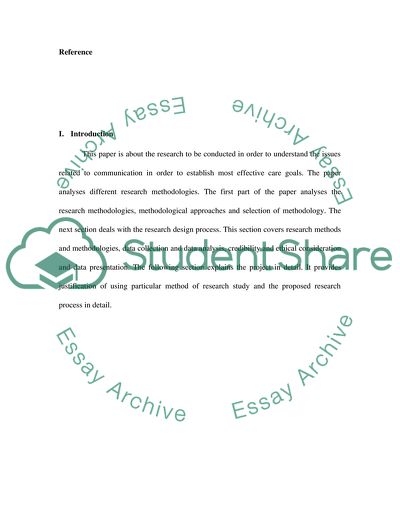Cite this document
(Qualitative Research Design Term Paper Example | Topics and Well Written Essays - 3750 words, n.d.)
Qualitative Research Design Term Paper Example | Topics and Well Written Essays - 3750 words. Retrieved from https://studentshare.org/education/1705207-qualitative-research-design
Qualitative Research Design Term Paper Example | Topics and Well Written Essays - 3750 words. Retrieved from https://studentshare.org/education/1705207-qualitative-research-design
(Qualitative Research Design Term Paper Example | Topics and Well Written Essays - 3750 Words)
Qualitative Research Design Term Paper Example | Topics and Well Written Essays - 3750 Words. https://studentshare.org/education/1705207-qualitative-research-design.
Qualitative Research Design Term Paper Example | Topics and Well Written Essays - 3750 Words. https://studentshare.org/education/1705207-qualitative-research-design.
“Qualitative Research Design Term Paper Example | Topics and Well Written Essays - 3750 Words”, n.d. https://studentshare.org/education/1705207-qualitative-research-design.


